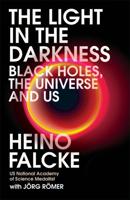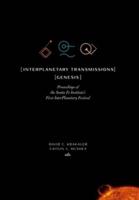Publisher's Synopsis
Evaluating the performance of materials on the exterior of spacecraft is of continuing interest, particularly in anticipation of those applications that will require a long duration in low Earth orbit. The Passive Optical Sample Assembly (POSA) experiment flown on the exterior of Mir as a risk mitigation experiment for the International Space Station was designed to better understand the interaction of materials with the low Earth orbit environment and to better understand the potential contamination threats that may be present in the vicinity of spacecraft. Deterioration in the optical performance of candidate space power materials due to the low Earth orbit environment, the contamination environment, or both, must be evaluated in order to propose measures to mitigate such deterioration. The thirty two samples of space power materials studied here include solar array blanket materials such as polyimide Kapton H and SiO(x) coated polyimide Kapton H, front surface aluminized sapphire, solar dynamic concentrator materials such as silver on spin coated polyimide and aluminum on spin coated polyimide, CV 1144 silicone, and the thermal control paint Z-93-P. The physical and optical properties that were evaluated prior to and after the POSA flight include mass, total, diffuse, and specular reflectance, solar absorptance, and infrared emittance. Additional post flight evaluation included scanning electron microscopy to observe surface features caused by the low Earth orbit environment and the contamination environment, and variable angle spectroscopic ellipsometry to identify contaminant type and thickness. This paper summarizes the results of pre- and post-flight measurements, identifies the mechanisms responsible for optical properties deterioration, and suggests improvements for the durability of materials in future missions. Jaworske, Donald A. and deGroh, Kim K. and Skowronski, Timothy J. and McCollum, Tim and Pippin, Gary and Bungay, Corey Glenn Research Center NASA/...










